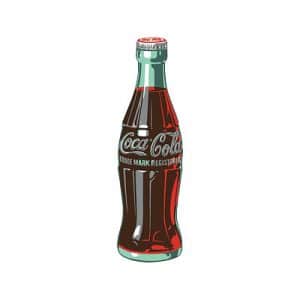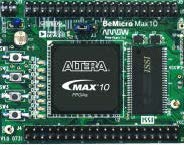Patents, which are time-limited periods of exclusivity granted in return for disclosure of an invention, have contributed greatly to the expansion of technology in modern times. But sometimes seeking a patent either does not work, or is not in the best interest of the inventors or their company.
Holding trade secrets (e.g., figure 1) incurs risk, as methods to reverse-engineer products have reached a high level of sophistication. In many parts of the world, manufacture and sale of copied products forms a large part of the economy.
In this article, we look at why seeking patent protection might not always be the right choice, and what can be done practically to protect software inventions when they are not patented.
When would obtaining a patent not be advisable?

Usually patent protection is an important step in securing technology. However, there are times when a patent is a poor choice for the inventor.
For example, I worked with in-house counsel to find ways to patent a new semiconductor process. The innovations had been developed over several years through painstaking experimentation, and were of great value to the company. I wrote and rewrote claims with the lawyers, striving to arrive at a set of patents which would do justice to these unique innovations.
We concluded that any set of claims we could write would provide only modest breadth of coverage. They would only partly limit the freedom of competitors to operate in our area. Equally importantly, the teaching we would need to include to support these claims would substantially aid the competition.
We decided to hold all of the intellectual property as trade secrets, and could later enter licensing agreements around both the patentable and non-patentable inventions.
Impact of trade secrets: litigation and DTSA
Trade secret litigation can have enormous impact on markets, corporate profits and even relations between nations. Cisco’s fight with Huawei was a prominent example (see commentary by Cisco’s counsel here; further background here.) The FBI unveiled a dramatic indictment in 2015 regarding micro-electro-mechanical systems (MEMS) trade secrets owned by Avago and Skyworks.
In May 2016, the Defend Trade Secrets Act [1] became law, providing remedies in federal court for misappropriation of trade secrets. The government realized that this IP is critical for many industries, and has expanded the tools lawyers can use to deal with loss of trade secrets by nefarious means. Previously, litigation around trade secrets would be dealt with at the state level, and there were fewer enforcement options available.
Despite this recent legislation, trade secrets are hardly as comfortable a situation for an innovative company as a strong patent portfolio.
Software containing trade secrets can be hardened against copying
Recently, a client company wanted to introduce a product in which its “secret sauce” was an algorithm. For many reasons, there was no way to effectively patent the algorithm. In the prototype, the algorithm was running on a standard CPU.
Unfortunately, using an industry standard processor and operating system provides weak protection against copying. Powerful reverse engineering tools such as disassemblers, debuggers and hex editors make it straightforward for skilled people to learn what is going on within such software. There is abundant academic literature on the subject of reverse engineering (e.g., [2], [3]).

What can this company do to protect its software intellectual property? One solution is to move where the algorithm gets implemented from the main processor into an integrated circuit such as the one shown in figure 2. Semiconductor manufacturers (Altera/Intel in this case) have recognized that they can add value by creating devices designed to be hard to reverse engineer.
All of the start-up’s innovative mathematics are implemented in this IC, but it is extraordinarily difficult to copy. How is this achieved?
First, the program is not stored on a disk, but inside the IC itself. After the program is inserted at the factory, the ability to read it from the chip is disabled. Also, the program is stored in an encrypted form, so even if the adversary found a way to access the internal storage, the information is useless without a numerical “key.” This key is programmed at the factory and cannot be changed or read.
In summary, an inventor should not always patent their work. While holding a trade secret creates risk, technological means are often available to manage the risk of copying the innovation.
Expert witnesses are often useful in litigation involving software trade secrets. The matters at stake are often highly technical. A software trade secrets expert witness can dig into the details, and then clearly communicate key aspects to the finder of fact.
References
- 1890 – Defend Trade Secrets Act of 2016. Text available at the Congressional web site.
- Cipresso, Software reverse engineering education, Master’s Thesis, San Jose State University, 2009. Available from http://scholarworks.sjsu.edu/etd_theses
- Burji, Reverse Engineering of a Malware, Eyeing the Future of Security, Master’s Thesis, The University of Akron, 2009. Available from http://rave.ohiolink.edu/etdc/view?acc_num=akron1247447165
Leave a Reply